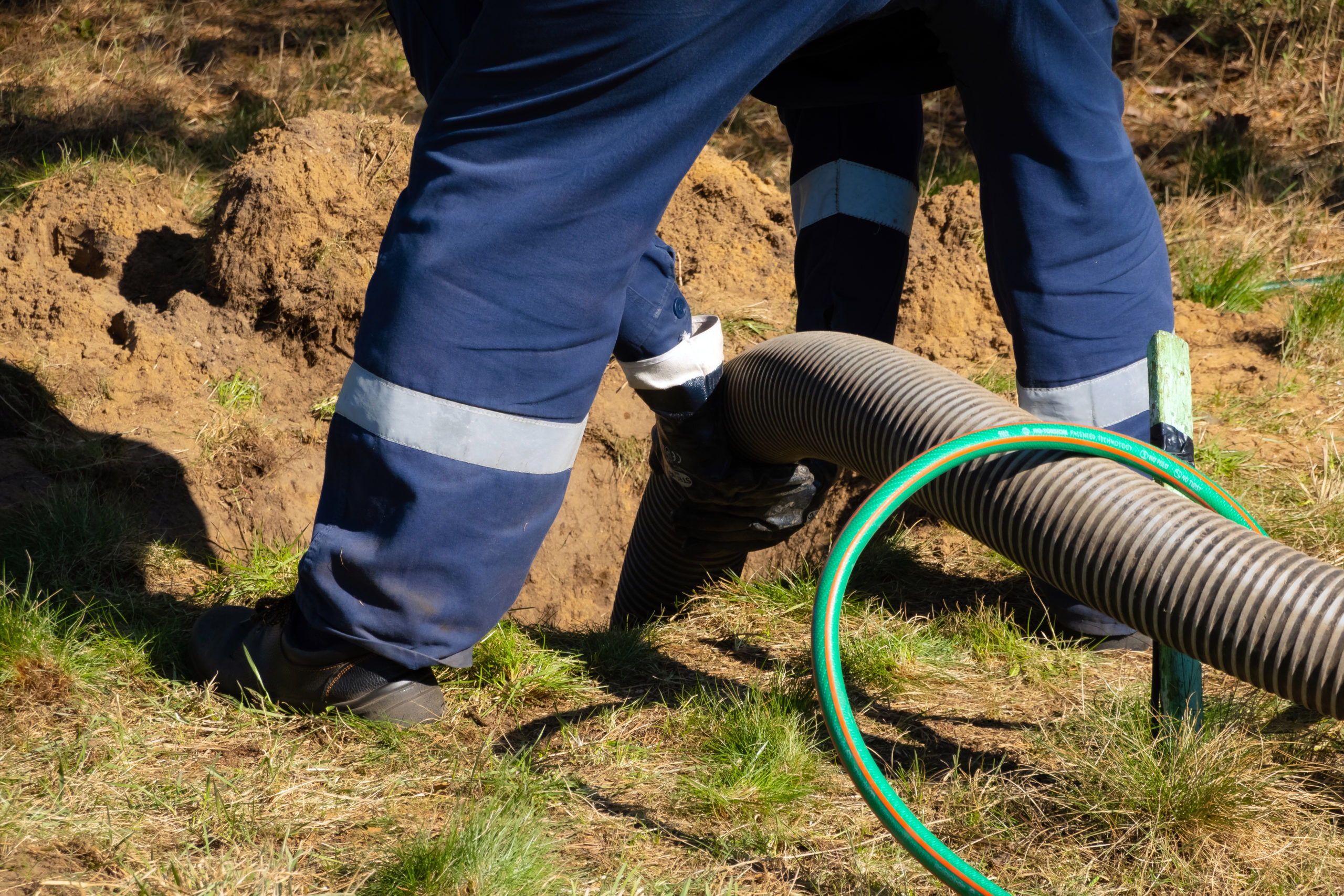The 7-Minute Rule for Stillwell Septic And Grading
The 7-Minute Rule for Stillwell Septic And Grading
Blog Article
A Biased View of Stillwell Septic And Grading
Table of ContentsStillwell Septic And Grading - An OverviewStillwell Septic And Grading for DummiesStillwell Septic And Grading Things To Know Before You Get ThisStillwell Septic And Grading Fundamentals ExplainedWhat Does Stillwell Septic And Grading Mean?The Best Strategy To Use For Stillwell Septic And GradingThe 9-Minute Rule for Stillwell Septic And Grading
In general, septic system setup is an intricate process that requires careful preparation and implementation. Property owners need to work with a reliable setup team and recognize regional laws and requirements to ensure that their septic tank works correctly for many years ahead. After the septic tank has been installed and attached to the drain area, it is time to backfill the area.The backfill product need to be devoid of clods, big rocks, icy issue, and particles that can lead to voids in the backfill that might allow settling in time. Squashed rock or pea crushed rock 1/2-inch in diameter is preferred if native materials are not proper. When the backfilling is full, it is time to landscape the area.
When the septic tank has actually been set up, it is essential to evaluate it to make certain that it is working properly (Septic Tank Pumping). https://peatix.com/user/21382337/view. Checking the system includes examining for leakages, making sure that the container goes to the appropriate level, and checking out the drainpipe field. Among the most typical tests carried out is the hydraulic lots test
Indicators on Stillwell Septic And Grading You Should Know
The water is then checked to guarantee that it streams properly with the pipes and right into the drainpipe field. If the water does not stream correctly or backs up into the tank, it may show an issue with the system. An additional test that is generally executed is the dye examination.
The dye is then kept an eye on to ensure that it streams appropriately through the pipelines and right into the drain field. If the dye does not stream appropriately or appears in the wrong place, it might indicate a problem with the system. It is important to have a professional perform these examinations to ensure that they are done appropriately.

Stillwell Septic And Grading - Questions
Below are some essential ideas for property owners to maintain their septic system: The typical family septic system need to be inspected at least every 3 years by a septic solution specialist. The frequency of pumping depends on the size of the tank and the variety of people utilizing it. https://myanimelist.net/profile/stillwellsag. A basic guideline is to pump the storage tank every 3 to five years
Utilizing water-efficient components and devices, such as low-flow showerheads and bathrooms, can reduce water use and help the septic system work more successfully. Only flush commode paper and human waste down the toilet. Stay clear of purging anything else, consisting of womanly hygiene items, child wipes, and cooking oil, as they can obstruct the system.
3 Simple Techniques For Stillwell Septic And Grading
Septic system setup is an intricate procedure that needs careful preparation and execution. Homeowners have to know the needed actions involved in the installation process to make sure that their septic tank operates correctly and successfully. The very first step is to evaluate the website where the septic tank will be mounted.
As soon as the website has been assessed, the following step is to prepare for the installation. Property owners must guarantee that their contractor is experienced in septic container setup and will certainly work along with them throughout the process.
The 9-Second Trick For Stillwell Septic And Grading

Property owners must know the necessary steps entailed in the installation process to make sure that their septic tank functions properly and effectively. By complying with these actions and keeping their system, home owners can feel confident that their septic tank will certainly provide trustworthy wastewater therapy for several years to come.
Nearly one in five united state homes have septic tanks. Yours might be just one of them. If you're not correctly preserving your septic tank, you're not just injuring the setting, you're putting your family's wellness click over here at riskand might be purging countless bucks away! Do Your Part, Be SepticSmart: The Do's and Do n'ts of Your Septic tank.
Stillwell Septic And Grading - Questions

All that added water can really strain your septic system. This can be handy specifically if your system has not been pumped in a lengthy time.
8 Simple Techniques For Stillwell Septic And Grading
Know your system's location. When you have the tank pumped, draw a layout or map revealing its area in relationship to dealt with factors - edges of the home, actions, or fencing messages.
Way too much water can damage it. Do not dig, construct, or plant anything various other than turf over the drainfield. Preserve water. Septic Service, Maintenance and Installation. Decrease the quantity of wastewater that should be treated and dealt with by your system: Clean no even more than 1 or 2 loads of clothing daily. Approximately 53 gallons of water flooding your septic tank with each load, so it's best to spread out washing out over the week.
Report this page